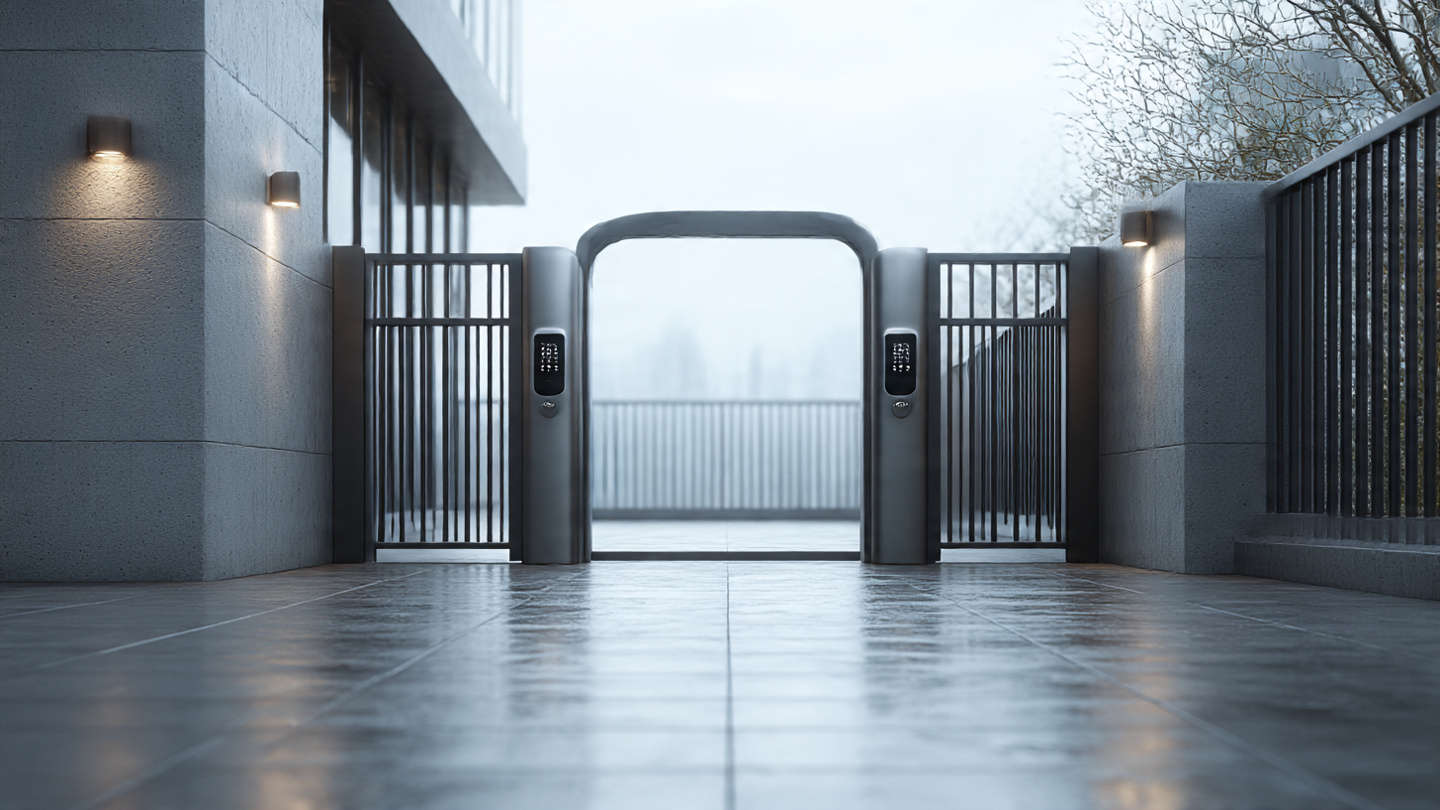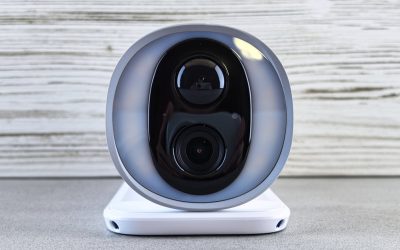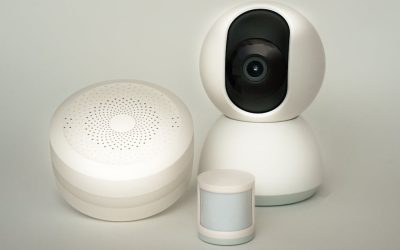Enhancing Security with Access Control Systems
Access control systems are essential components of modern security infrastructure, designed to regulate who can enter or exit specific areas within a property. These systems serve as the first line of defense against unauthorized access, ensuring that only individuals with the appropriate permissions can gain entry. By managing access to sensitive areas, businesses and organizations can protect their assets, data, and personnel from potential threats.
The importance of access control systems cannot be overstated, as they play a crucial role in maintaining safety and security in various environments, from residential properties to large commercial facilities. At their core, access control systems function by utilizing a combination of hardware and software to authenticate users and grant or deny access based on predetermined criteria. This can include physical barriers such as doors and gates, as well as digital interfaces like keypads and biometric scanners.
The evolution of technology has led to increasingly sophisticated access control solutions that not only enhance security but also improve user convenience. As we delve deeper into the various types of access control systems, it becomes clear that these systems are not one-size-fits-all; rather, they can be tailored to meet the unique needs of each property or organization. We take away the complications for the end user. They don’t have to think about what they have to do – We do the thinking for them.
Key Takeaways
- Access control systems are designed to manage and monitor who has access to a specific area or resource within a facility.
- There are various types of access control systems, including biometric, card-based, and keypad-based systems, each with its own unique features and benefits.
- Access control systems offer benefits such as increased security, improved monitoring and tracking of access, and the ability to restrict access to sensitive areas.
- Components of access control systems include credentials (such as cards or biometric data), readers, controllers, and software for managing access rights and permissions.
- Implementing access control systems involves careful planning, installation, and training to ensure effective use and management of the system within a facility.
Types of Access Control Systems
Access control systems can be broadly categorized into three main types: discretionary access control (DAC), mandatory access control (MAC), and role-based access control (RBAC). Discretionary access control allows the owner of a resource to determine who has access to it. This type of system is often used in smaller organizations where the owner or administrator has a direct relationship with users and can easily manage permissions.
While DAC offers flexibility, it may also lead to security vulnerabilities if not managed properly. Mandatory access control, on the other hand, is a more rigid system where access rights are assigned based on predetermined policies set by an authority. This type of system is commonly used in government and military applications where security is paramount.
Users cannot change access permissions, which minimizes the risk of unauthorized access but can also limit operational flexibility. Role-based access control is a hybrid approach that assigns permissions based on the roles individuals hold within an organization. This method streamlines the management of access rights and is particularly effective in larger organizations with diverse user groups.
Benefits of Access Control Systems
The implementation of access control systems offers numerous benefits that extend beyond mere security. One of the most significant advantages is the ability to monitor and track who enters and exits a facility. This capability not only enhances security but also provides valuable data for analyzing patterns of movement within a property.
Organizations can use this information to identify potential security breaches or optimize the use of space. Another key benefit is the increased convenience for users. Modern access control systems often incorporate advanced technologies such as mobile credentials, biometric authentication, and smart cards, allowing for seamless entry without the need for traditional keys.
This not only improves user experience but also reduces the likelihood of lost or stolen keys, which can pose significant security risks. Furthermore, access control systems can be integrated with other security measures, such as surveillance cameras and alarm systems, creating a comprehensive security solution that enhances overall safety.
Components of Access Control Systems
Access control systems consist of several critical components that work together to ensure effective security management. The primary elements include authentication devices, control panels, locking mechanisms, and monitoring software. Authentication devices are responsible for verifying the identity of users attempting to gain access.
These can range from traditional keypads and card readers to more advanced biometric scanners that analyze fingerprints or facial recognition. Control panels serve as the central hub for managing the entire access control system. They process data from authentication devices and determine whether to grant or deny access based on established permissions.
Locking mechanisms are the physical barriers that secure entry points, which can include electronic locks, magnetic locks, or even traditional deadbolts that are integrated with the access control system. Monitoring software plays a crucial role in providing real-time insights into access events. This software allows administrators to view logs of who accessed specific areas and when, enabling them to respond quickly to any suspicious activity.
Additionally, many modern systems offer remote monitoring capabilities, allowing users to manage their security from anywhere using mobile devices or computers.
Implementing Access Control Systems
Implementing an access control system requires careful planning and consideration of various factors to ensure its effectiveness. The first step is conducting a thorough risk assessment to identify potential vulnerabilities within the property. This assessment should take into account the layout of the premises, the nature of the assets being protected, and any specific security concerns unique to the organization.
Once the risks have been identified, organizations can begin selecting the appropriate type of access control system that aligns with their needs. This may involve choosing between different authentication methods, such as key cards or biometric scanners, as well as determining the necessary hardware and software components. It is also essential to establish clear policies regarding user permissions and access levels to ensure that only authorized individuals can enter sensitive areas.
Training staff on how to use the new system effectively is another critical aspect of implementation. Employees should be familiar with how to operate authentication devices and understand the importance of adhering to security protocols. Regular maintenance and updates are also necessary to keep the system functioning optimally and to address any emerging security threats.
Integrating Access Control Systems with Other Security Measures
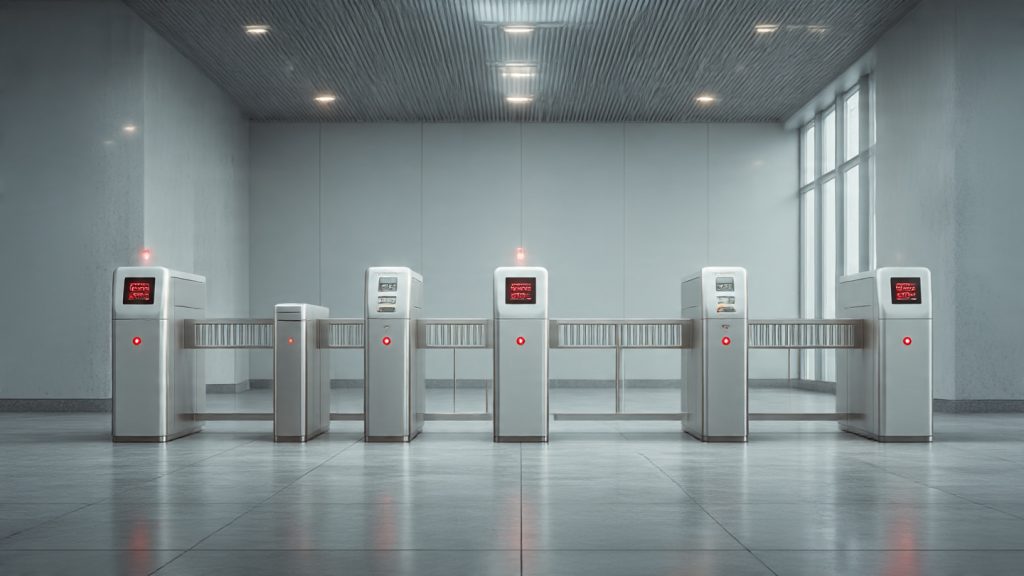
To create a robust security framework, it is essential to integrate access control systems with other security measures such as surveillance cameras, alarm systems, and environmental controls. This integration allows for a more comprehensive approach to security management, enabling organizations to respond effectively to potential threats. For instance, when an unauthorized individual attempts to gain access through an entry point, the access control system can trigger alarms or alert security personnel while simultaneously activating surveillance cameras in the vicinity.
This coordinated response enhances situational awareness and allows for quicker intervention in case of a breach. Moreover, integrating access control with environmental controls can further enhance safety by regulating conditions such as temperature and humidity in sensitive areas like server rooms or laboratories. By combining these systems, organizations can create a cohesive security strategy that addresses multiple aspects of safety and protection.
Common Challenges with Access Control Systems
Despite their numerous benefits, implementing and managing access control systems can present several challenges. One common issue is user resistance to new technologies or processes. Employees may be accustomed to traditional methods of accessing secure areas and may require additional training and support during the transition period.
Addressing these concerns through effective communication and training programs is crucial for successful implementation. Another challenge lies in maintaining system integrity over time. As technology evolves, so do potential vulnerabilities associated with access control systems.
Organizations must stay informed about emerging threats and regularly update their systems to address any weaknesses. This may involve upgrading hardware or software components or revisiting user permissions to ensure they remain relevant. Additionally, budget constraints can pose challenges when selecting and implementing an access control system.
Organizations must balance their security needs with available resources while ensuring they invest in a solution that provides long-term value.
Future Trends in Access Control Systems
The future of access control systems is poised for significant advancements driven by technological innovations and evolving security needs. One notable trend is the increasing adoption of cloud-based solutions that offer greater flexibility and scalability for organizations of all sizes. Cloud-based systems allow for remote management and monitoring while reducing the need for extensive on-site infrastructure.
Biometric authentication methods are also expected to gain traction as they become more sophisticated and accessible. Technologies such as facial recognition and iris scanning are becoming more reliable and cost-effective, making them viable options for various applications beyond high-security environments. Furthermore, the integration of artificial intelligence (AI) into access control systems will enhance their capabilities by enabling predictive analytics and real-time threat detection.
AI algorithms can analyze patterns in user behavior and identify anomalies that may indicate potential security breaches. As we look ahead, it is clear that access control systems will continue to evolve in response to changing security landscapes and technological advancements. By staying informed about these trends, organizations can better prepare themselves to implement effective security measures that protect their assets and personnel for years to come.
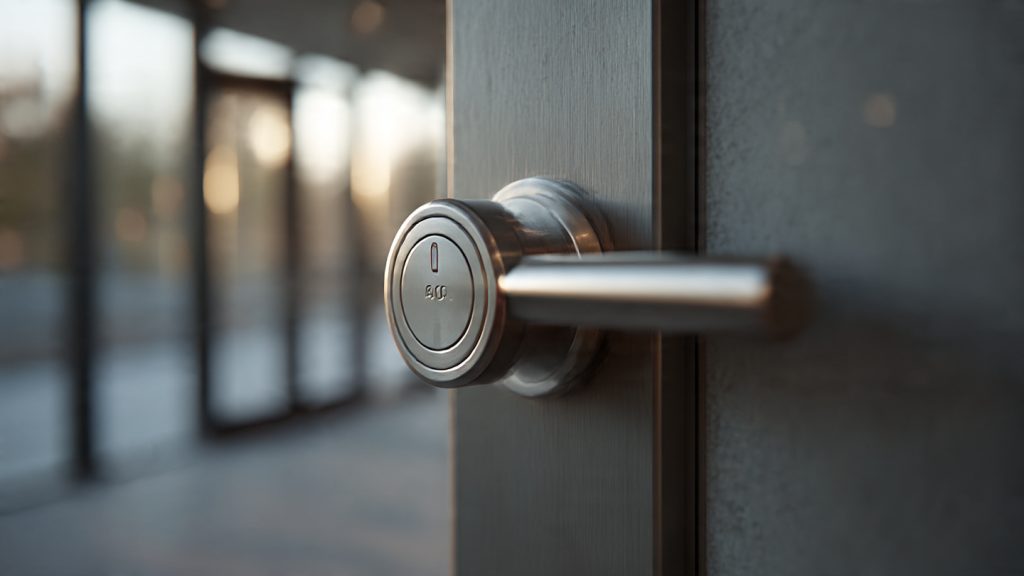
Access control systems are essential for enhancing security in both residential and commercial settings. For those interested in understanding the differences between various security systems, a related article that provides valuable insights is available at Comparing Business Security Systems: Wired vs. Wireless. This article discusses the advantages and disadvantages of wired and wireless systems, helping readers make informed decisions about their security needs.







